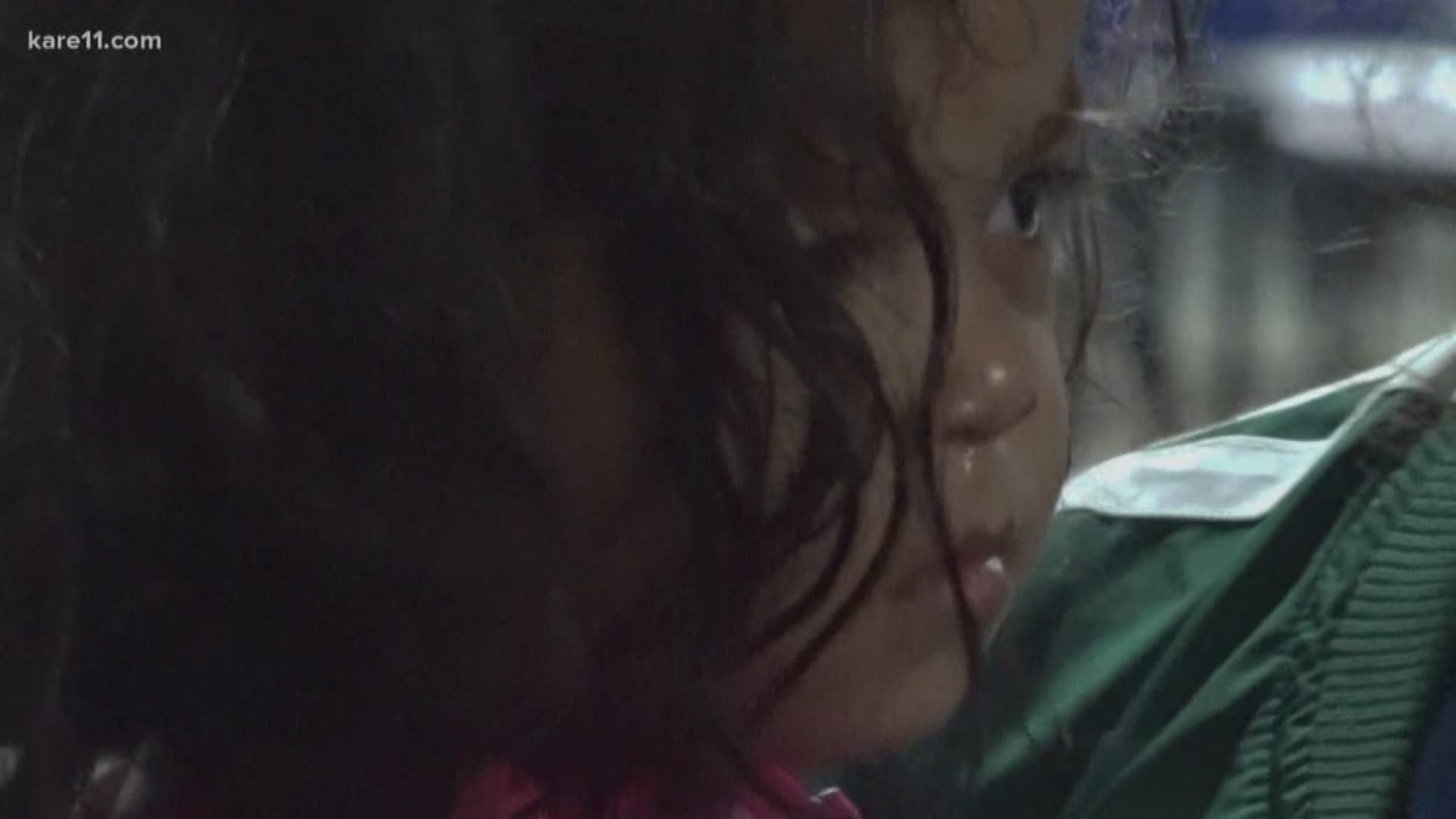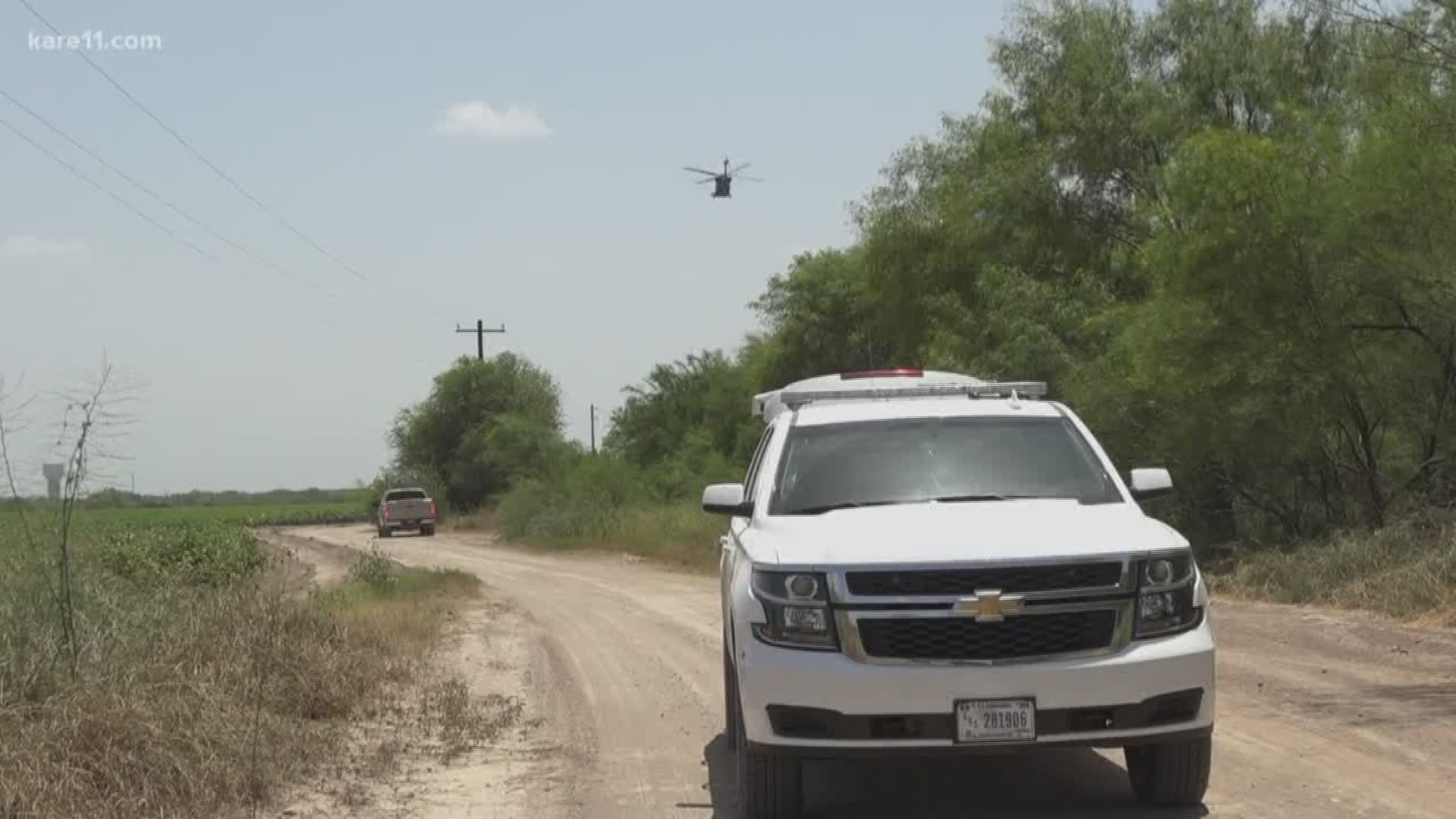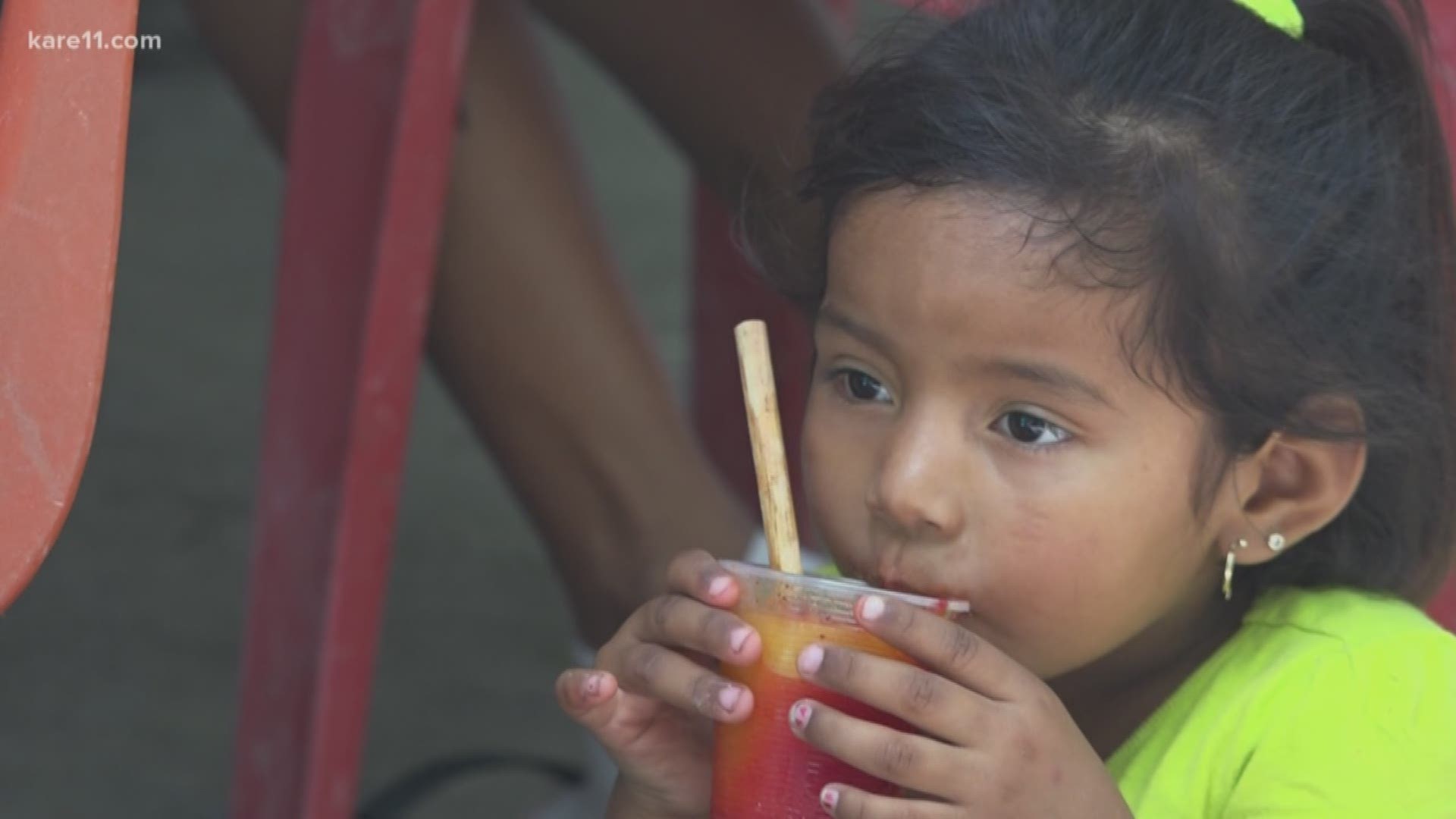HARLINGEN, Texas — The immigration debate may be among the most divisive in the United States.
But both sides agree on one fact: the situation at the southern border has created a humanitarian crisis within our own country.
According to statistics from U.S. Customs and Border Protection, the number of people apprehended at the Rio Grande Valley sector of the southern border has nearly doubled: from 162,262 in 2018 to 303,311 in 2019. And while officials acknowledge they’ve seen spikes before, they point to a dramatic jump – a 305 percent increase, this year over last – in apprehensions of family units, parents traveling with children.
The surge in family arrivals – and the need to safely and comfortably accommodate children – has challenged government agencies, immigration advocates and those volunteering without an agenda.
Alight responds within borders
For more than 40 years, Alight – formerly the American Refugee Committee – has helped in emergencies around the world. But rarely has the Minnesota-based organization, and the humanitarians who power it, responded to a crisis in their own country.
“It’s been eye opening, but that’s what it is. It is a humanitarian crisis. And there are people in need at the same level as I’ve seen in Liberia and as I’ve seen in Darfur. On both sides of the border – in Mexico and on the U.S. side,” said Annie Nolte-Henning with Alight.
She added: “I wouldn’t feel like a humanitarian if we didn’t respond.”
One humanitarian’s global journey that brings her back home
Nolte-Henning’s passion to help others started sincerely and at a young age. As a high school student, she followed developments in the Darfur crisis. As a college student, she studied abroad. And as a young professional working at an interpreter agency in Minneapolis, she met newly arrived immigrants. She soon started volunteering at what was then the American Refugee Committee. And six years ago, she joined the team.
“We have so much to give, living in this country that we live in. And I have a lot of gifts that I want to share with the world – and then learn from others and be able to see the gifts that others around the world also have,” she said about her passion that has taken her around the world, including the Philippines, Sudan, Uganda, Liberia, Myanmar and most recently, El Salvador.
It’s those recent assignments and projects that prove Nolte-Henning’s work has migrated north along with families in need.
“I’ve been working in El Salvador, with Catholic Sisters on the ground. Really trying to nourish the communities there and give families and youth an alternative to feeling forced to flee. So now fast-forward a year and a half, and those same families have lost hope and are showing up at our southern border, asking for asylum,” she said.
CBP statistics confirm Nolte-Henning’s conclusion, showing the vast majority of migrants, especially families, requesting asylum at the border come from Guatemala, Honduras, El Salvador and Mexico.
“If the situation is not getting any better in their country, I want to be able to be on this side and provide the same kind of humanitarian support here as we do in countries that have conflict, like the South Sudan and the Congo,” she said.
Outreach begins by listening: one migrant’s story
On a recent trip to the southern border, Nolte-Henning visited several sites where newly-arrived migrants gather: short- and long-term shelters and even an area near the Port of Entry in Matamoros, Mexico, where migrants camp under the unrelenting sun to await their opportunity to begin the American immigration process.
As Nolte-Henning visited border sites, she also respectfully listened to migrants. She heard similar stories of dangerous homes and dreaded journeys, including that of Cecilia and her 7-year-old son, Miguel. Through an interpreter, KARE 11 also interviewed Cecilia during her one-day stay at the Catholic Charities Humanitarian Respite Center in McAllen, Texas.
“It felt like we were asphyxiating inside the trailer,” Cecilia said about their time riding in a sweltering semi-trailer truck filled with 200 people.
“Many of the kids were scared and crying,” she remembered.
But Cecilia said she continued the journey north from El Salvador for her son and after weighing the relative risks of staying home.
“She says every day there is killing that happens in the town where she lives,” the interpreter translated, soon adding: “They’re always in danger of getting beaten by gangs.”
Outreach continues with a Catholic connection
Alight may have decades of experience responding to global crises, but in this case – and coincidentally, in this country – they knew they needed a credible community connection. And so they turned to a newly formed partnership with Catholic nuns, called “The Color Movement.”
“We also know humanitarians when we see them. And what we’ve found in the last year and a half is there’s 700,000 Catholic Sisters worldwide, working in the trenches, not just living near the communities and working with them but actually sharing their lives with them,” Nolte-Henning said, adding: “We don’t feel like we have to be the boots on the ground, but what we can do is lift up these sisters who are working on both sides of the border.”
Stay with KARE 11 to learn more about the vibrant and profound work of the Color Movement, as the KARE 11 series – “Minnesota at the border” – continues.
For more information on the Color Movement visit their website.
And if you’re interested in how you can help Alight respond to this humanitarian crisis, click here.
Finally, follow KARE 11 and Karla Hult on Facebook, Instagram and Twitter for more information and stories in this ongoing series: “Minnesota at the border.”



